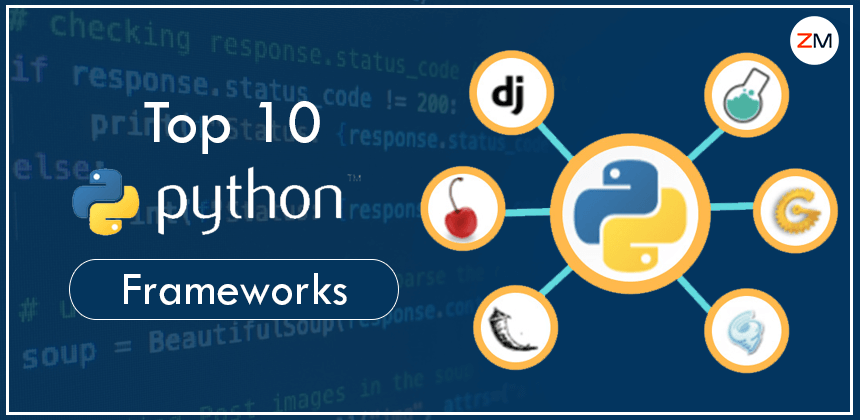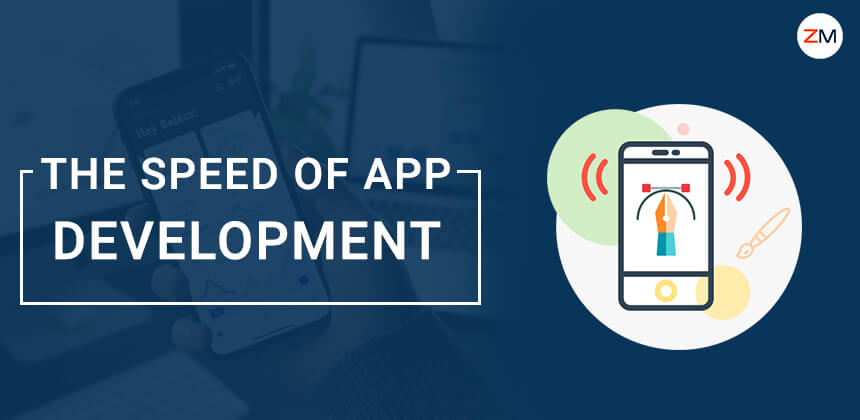Developers' everyday routines involve coding, testing, and debugging with varying degrees of difficulty. Python is the most popular programming language, with 84 percent of respondents preferring it as their primary coding language. Python comes with a plethora of frameworks, integrated development environments, and libraries to aid developers in their job. By providing a structure for application development, frameworks simplify the developer's life. They assist by automating the execution of fundamental solutions and reducing development time, allowing developers to focus on the logic rather than on routine parts. There are various Python framework, but according to a survey conducted by Stack Overflow 2020, the most popular are Django and Flask. This post will cover the top ten Python frameworks that each Python web development business should be familiar with. Prior to that, let us have a fundamental understanding of the Python framework for web development in Python.
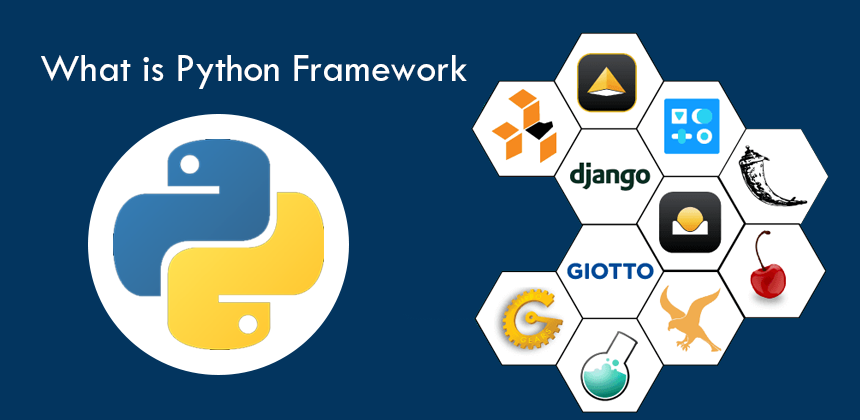 The Python framework is a set of modules and packages that enables developers to construct Python web development code. Frameworks relieve developers of mundane duties like thread management, low-level detail management, and more, allowing them to focus on the logic required for Python online development.
The Python framework is a set of modules and packages that enables developers to construct Python web development code. Frameworks relieve developers of mundane duties like thread management, low-level detail management, and more, allowing them to focus on the logic required for Python online development.
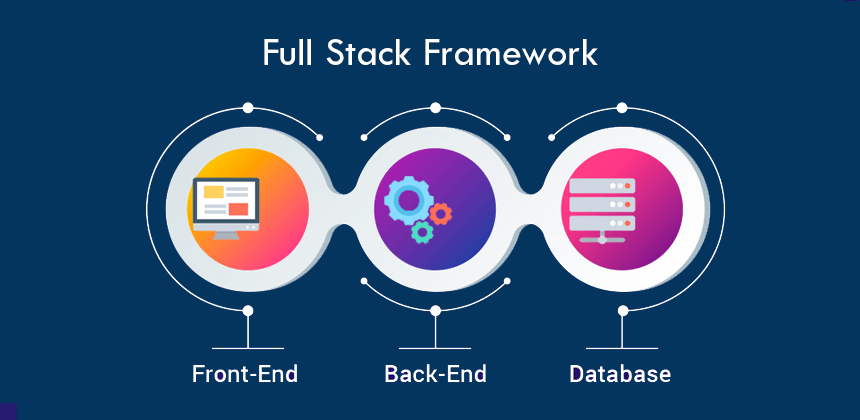 A full-stack framework is an all-in-one solution that enables the construction of front-end user interfaces and back-end functionality in Python while interacting with databases. It is the most popular and convenient framework for Python web development since it meets all of the requirements of a Python web development firm.
A full-stack framework is an all-in-one solution that enables the construction of front-end user interfaces and back-end functionality in Python while interacting with databases. It is the most popular and convenient framework for Python web development since it meets all of the requirements of a Python web development firm.
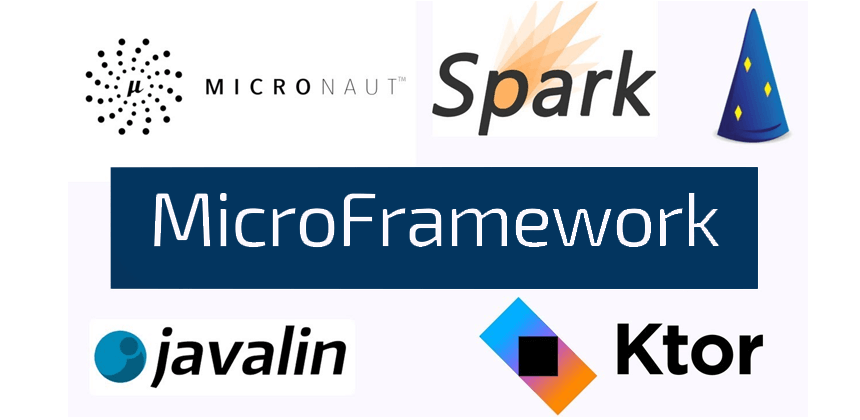 Microframework is devoid of any additional features and capabilities. This framework simply includes the capabilities necessary for Python web development. Such frameworks make it simple to begin development because they eliminate the requirement for numerous judgments.
Microframework is devoid of any additional features and capabilities. This framework simply includes the capabilities necessary for Python web development. Such frameworks make it simple to begin development because they eliminate the requirement for numerous judgments.
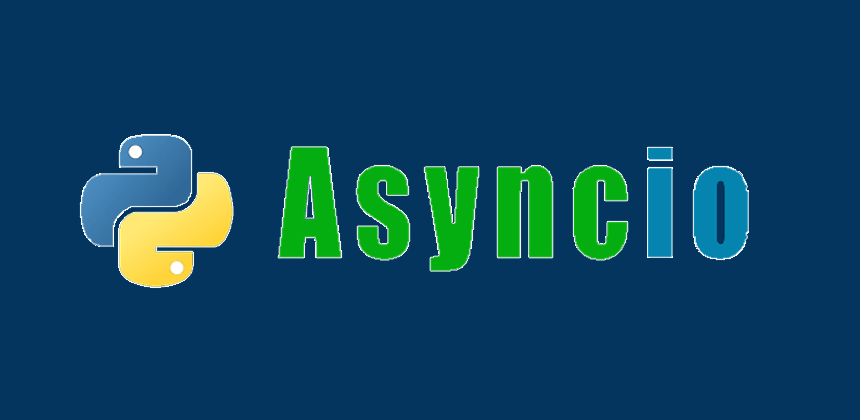 The asynchronous framework gained popularity in recent years following the publication of the Asyncio library. These frameworks empower users to work with massive numbers of concurrent connections, web servers, high-performance networks, databases, and connection libraries, among other things.
The asynchronous framework gained popularity in recent years following the publication of the Asyncio library. These frameworks empower users to work with massive numbers of concurrent connections, web servers, high-performance networks, databases, and connection libraries, among other things.
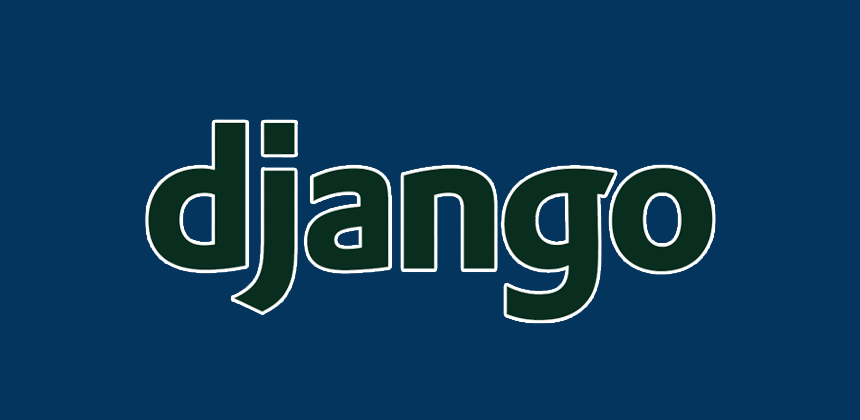 Django is a Python framework that is open-source and completely free to use. This framework enables developers to rapidly create complex programs and apps. Additionally, the Django framework is used to create high-quality web applications. Additionally, developers can leverage the Django framework to create web applications and application programming interfaces quickly (APIs). Over 12,000 popular projects have been developed with the Django framework. Additionally, it is one of the most popular and long-lived web development frameworks.
This outstanding Python framework simplifies the process of developing web applications by providing a plethora of sophisticated capabilities. It is composed of a vast set of libraries that significantly reduces the amount of coding required and makes components reusable.
Key Features of Django
Django is a Python framework that is open-source and completely free to use. This framework enables developers to rapidly create complex programs and apps. Additionally, the Django framework is used to create high-quality web applications. Additionally, developers can leverage the Django framework to create web applications and application programming interfaces quickly (APIs). Over 12,000 popular projects have been developed with the Django framework. Additionally, it is one of the most popular and long-lived web development frameworks.
This outstanding Python framework simplifies the process of developing web applications by providing a plethora of sophisticated capabilities. It is composed of a vast set of libraries that significantly reduces the amount of coding required and makes components reusable.
Key Features of Django
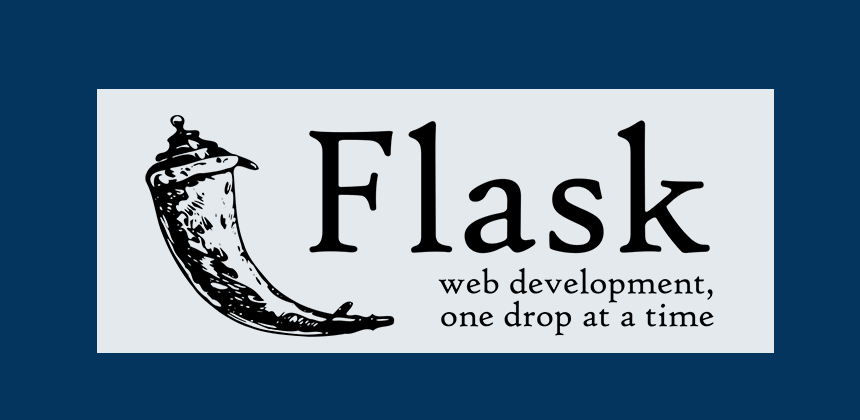 After Django, Flask is the second most popular Python framework. It is a WSGI microframework that enables developers to use Python for full-stack development. Developers can immediately begin developing web apps using this framework, which enables them to create extremely efficient and scalable web applications. Additionally, the framework includes an integrated unit testing tool that supports secured cookies. This framework has been designed with simplicity and productivity in mind, making it an incredibly simple-to-use full-stack web development framework. The finest feature is that it is not dependent on any particular tool extension or library, but rather allows for the use of any tool or library. Flask is a framework designed primarily for developing small-scale applications. Additionally, it includes an integrated debugger and server.
Key Features of Flask
After Django, Flask is the second most popular Python framework. It is a WSGI microframework that enables developers to use Python for full-stack development. Developers can immediately begin developing web apps using this framework, which enables them to create extremely efficient and scalable web applications. Additionally, the framework includes an integrated unit testing tool that supports secured cookies. This framework has been designed with simplicity and productivity in mind, making it an incredibly simple-to-use full-stack web development framework. The finest feature is that it is not dependent on any particular tool extension or library, but rather allows for the use of any tool or library. Flask is a framework designed primarily for developing small-scale applications. Additionally, it includes an integrated debugger and server.
Key Features of Flask
 Pyramid is another famous open-source Python Web application framework that stays current with numerous technological advancements. Python 3 is required to operate the framework. Pyramid's primary objective is to create web applications with the least amount of complexity possible. It is a very adaptable framework that developers can utilize for both complex and straightforward applications. Additionally, because of its high quality and transparency, it is a well-known and widely used framework among the most experienced Python developers. It enables developers to choose from a variety of generating libraries, templating languages, and database layers. The Pyramid community is highly active, having produced a total of ten versions since 2010.
Key Features of Pyramid
Pyramid is another famous open-source Python Web application framework that stays current with numerous technological advancements. Python 3 is required to operate the framework. Pyramid's primary objective is to create web applications with the least amount of complexity possible. It is a very adaptable framework that developers can utilize for both complex and straightforward applications. Additionally, because of its high quality and transparency, it is a well-known and widely used framework among the most experienced Python developers. It enables developers to choose from a variety of generating libraries, templating languages, and database layers. The Pyramid community is highly active, having produced a total of ten versions since 2010.
Key Features of Pyramid
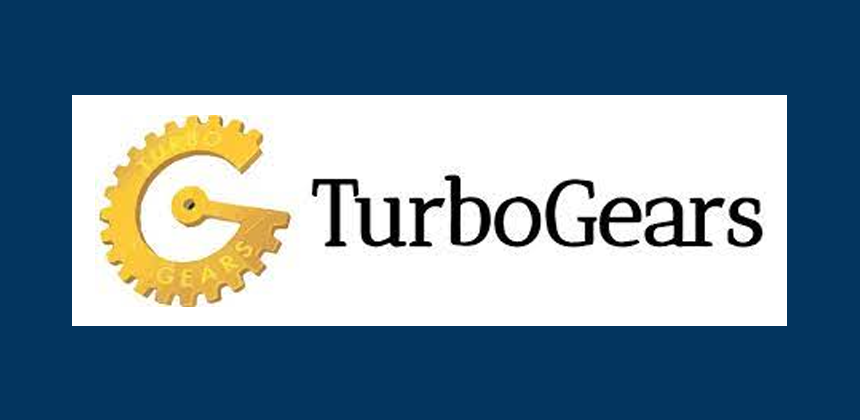 TurboGears is a free and open-source Python framework for developing web applications. It was initially built to combine the greatest features of various Python frameworks and to address the inadequacy of many mobile and web application development environments. Developers can use this framework to construct web applications with little setup. Rapid creation of extendible data-driven apps is enabled by the framework. The templating engine is simple to use, and the ORM is versatile and strong. Another outstanding aspect of TurboGears is their reusability.
Key Features of TurboGears
TurboGears is a free and open-source Python framework for developing web applications. It was initially built to combine the greatest features of various Python frameworks and to address the inadequacy of many mobile and web application development environments. Developers can use this framework to construct web applications with little setup. Rapid creation of extendible data-driven apps is enabled by the framework. The templating engine is simple to use, and the ORM is versatile and strong. Another outstanding aspect of TurboGears is their reusability.
Key Features of TurboGears
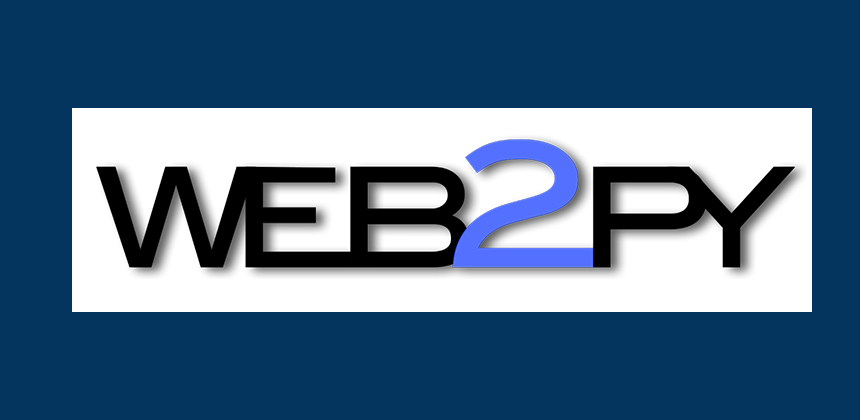 Web2py is a Python full-stack framework that is open-source and scalable. It is compatible with nearly any operating system, both web-based and mobile-based. Additionally, it is quite efficient when dealing with data. The Web2py framework contains a web-based integrated development environment (IDE) that features single-click deployment, a debugger, and a code editor. Initially, it was designed as a teaching tool, with an emphasis on ease of use. That is why it lacks project-level configuration files. Additionally, the framework encourages speedy development by utilizing the model view controller design. It includes a critical feature called a ticketing system, which automatically generates tickets when an issue occurs. Additionally, the ticketing system enables users to track issues and their associated status.
Key Features of Web2py
Web2py is a Python full-stack framework that is open-source and scalable. It is compatible with nearly any operating system, both web-based and mobile-based. Additionally, it is quite efficient when dealing with data. The Web2py framework contains a web-based integrated development environment (IDE) that features single-click deployment, a debugger, and a code editor. Initially, it was designed as a teaching tool, with an emphasis on ease of use. That is why it lacks project-level configuration files. Additionally, the framework encourages speedy development by utilizing the model view controller design. It includes a critical feature called a ticketing system, which automatically generates tickets when an issue occurs. Additionally, the ticketing system enables users to track issues and their associated status.
Key Features of Web2py
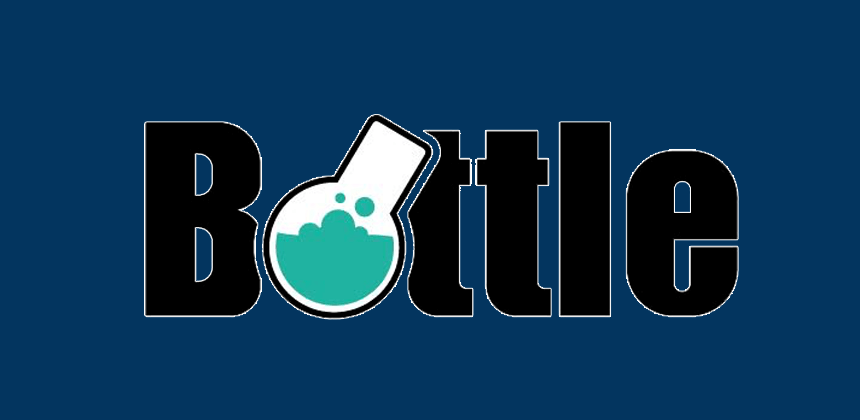 The Bottle is the most often used Python microframework for web development. It uses a single standard library of code and generates a single source file for any application produced with it. Exceptions, a built-in template engine, and functions are all included in this library. Without adding an import line, developers can use objects in Python code. A significant advantage of adopting the Bottle framework is the ability to interact more directly with the hardware. It is the greatest framework if you want to learn to prototype, how to organize web frameworks, and how build personal-use apps.
Key Features of Bottle
The Bottle is the most often used Python microframework for web development. It uses a single standard library of code and generates a single source file for any application produced with it. Exceptions, a built-in template engine, and functions are all included in this library. Without adding an import line, developers can use objects in Python code. A significant advantage of adopting the Bottle framework is the ability to interact more directly with the hardware. It is the greatest framework if you want to learn to prototype, how to organize web frameworks, and how build personal-use apps.
Key Features of Bottle
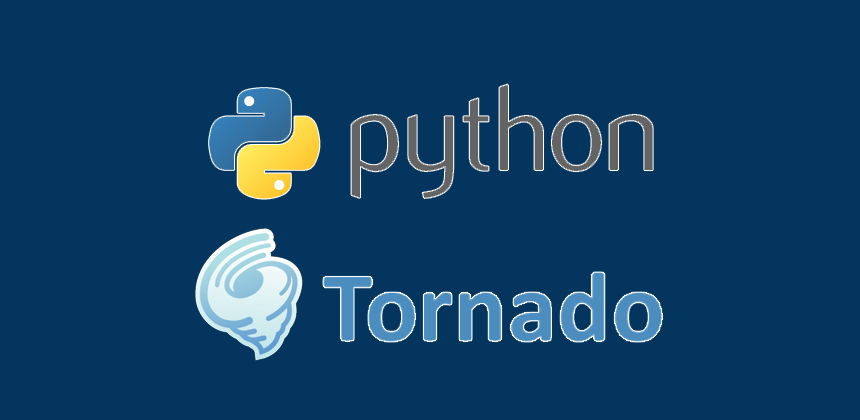 Tornado is a free and open-source framework and library for asynchronous networking. This asynchronous framework solves C10k difficulties by utilizing non-blocking I/O. It is the optimal framework for developing a high-performance application capable of supporting thousands of concurrent users. The framework is threaded and not WSGI-based, which distinguishes it from the majority of Python-based frameworks. Tornado's popularity is comparable to that of Flask and Django, thanks to its features and high-performance tools.
Key Features of Tornado
Tornado is a free and open-source framework and library for asynchronous networking. This asynchronous framework solves C10k difficulties by utilizing non-blocking I/O. It is the optimal framework for developing a high-performance application capable of supporting thousands of concurrent users. The framework is threaded and not WSGI-based, which distinguishes it from the majority of Python-based frameworks. Tornado's popularity is comparable to that of Flask and Django, thanks to its features and high-performance tools.
Key Features of Tornado
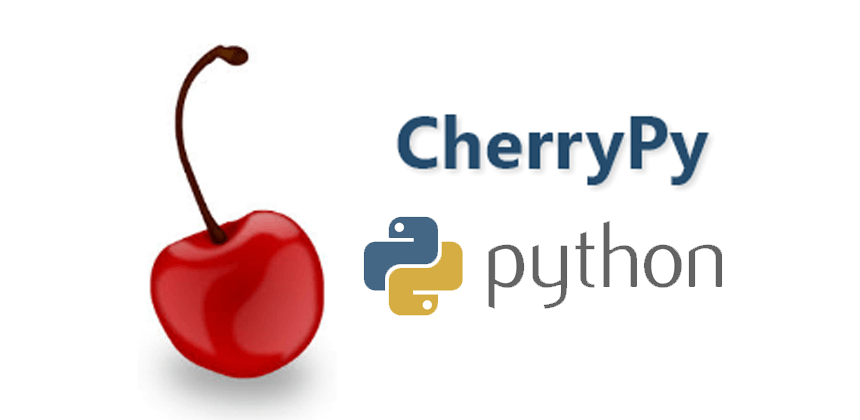 Cherrypy is a free and open-source Python framework for developing web applications. It is the most often used Python framework due to its simplicity of interface and user experience. This framework enables the construction of online applications to be simple and rapid, as it simplifies the development of web apps in a manner comparable to object-oriented Python programs. This framework is adaptable and enables the use of any technology for data access and template generation, making it the most adaptable framework available. Additionally, CherryPy enables complete control over cookies, sessions, file uploads, and statics. Additionally, it supports the use of any WSGI-compatible web server or as a web server itself.
Key Features of Cherrypy
Cherrypy is a free and open-source Python framework for developing web applications. It is the most often used Python framework due to its simplicity of interface and user experience. This framework enables the construction of online applications to be simple and rapid, as it simplifies the development of web apps in a manner comparable to object-oriented Python programs. This framework is adaptable and enables the use of any technology for data access and template generation, making it the most adaptable framework available. Additionally, CherryPy enables complete control over cookies, sessions, file uploads, and statics. Additionally, it supports the use of any WSGI-compatible web server or as a web server itself.
Key Features of Cherrypy
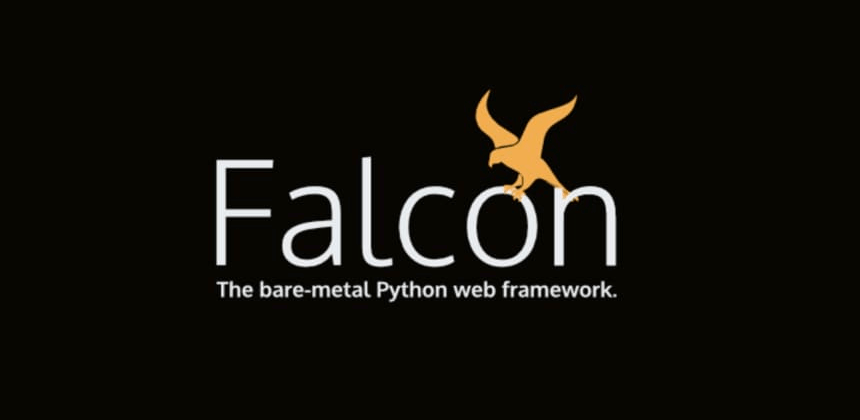 Falcon is a Python framework designed to facilitate the development of online APIs such as configuration files and backend applications. In comparison to Flask and Django, Falcon processes requests quickly while maintaining a comprehensible path. This framework enables developers to create pure design apps or to reuse existing ones, as well as to incorporate HTTP servers. Additionally, Falcon responds quickly and accurately to HTTP problems and vulnerabilities. The Python framework is not dependent on anything other than the standard library, which reduces the attack surface of the application. On the other hand, it maintains a buffer zone between itself and transitive bugs.
Key Features of Falcon
Falcon is a Python framework designed to facilitate the development of online APIs such as configuration files and backend applications. In comparison to Flask and Django, Falcon processes requests quickly while maintaining a comprehensible path. This framework enables developers to create pure design apps or to reuse existing ones, as well as to incorporate HTTP servers. Additionally, Falcon responds quickly and accurately to HTTP problems and vulnerabilities. The Python framework is not dependent on anything other than the standard library, which reduces the attack surface of the application. On the other hand, it maintains a buffer zone between itself and transitive bugs.
Key Features of Falcon
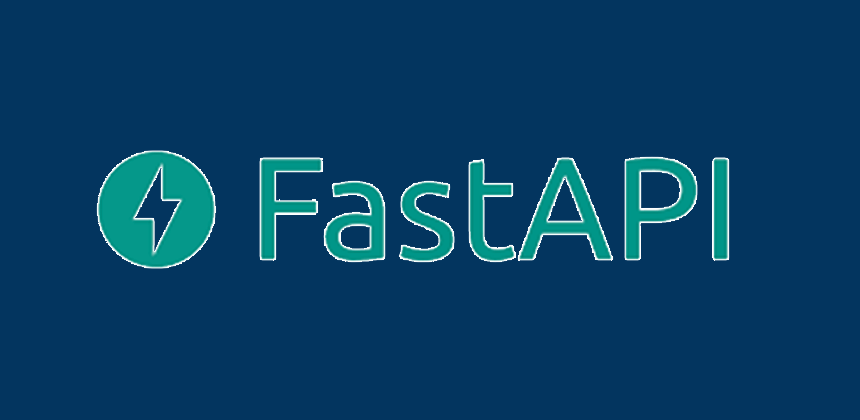 FastAPI is a new Python microframework that is optimized for performance and may be used to construct APIs. The framework is fairly straightforward and is very similar to Flask. FastAPI is created specifically for Starlette ASGI and includes a variety of robust and helpful capabilities, such as GraphQL, WebSockets, and templates. FastAPI is being adopted by the majority of sectors worldwide due to its performance. It has doubled the speed of web development and reduced errors by 40%. The debugging process is accelerated, and it supports any desired databases and interactive documentation automatically.
FastAPI is a new Python microframework that is optimized for performance and may be used to construct APIs. The framework is fairly straightforward and is very similar to Flask. FastAPI is created specifically for Starlette ASGI and includes a variety of robust and helpful capabilities, such as GraphQL, WebSockets, and templates. FastAPI is being adopted by the majority of sectors worldwide due to its performance. It has doubled the speed of web development and reduced errors by 40%. The debugging process is accelerated, and it supports any desired databases and interactive documentation automatically.
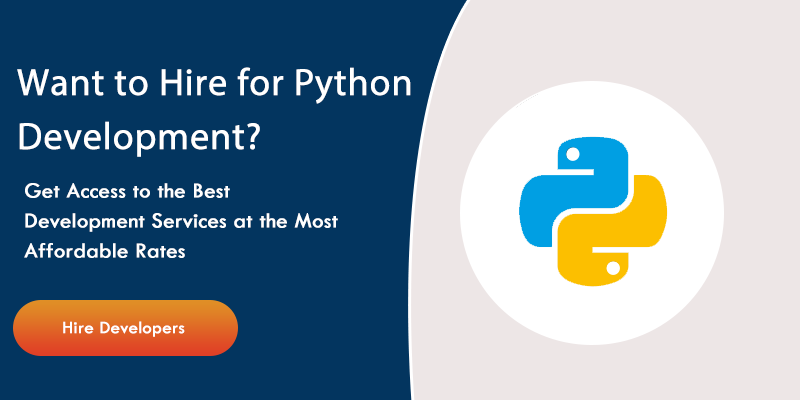
What is Python Framework?
 The Python framework is a set of modules and packages that enables developers to construct Python web development code. Frameworks relieve developers of mundane duties like thread management, low-level detail management, and more, allowing them to focus on the logic required for Python online development.
The Python framework is a set of modules and packages that enables developers to construct Python web development code. Frameworks relieve developers of mundane duties like thread management, low-level detail management, and more, allowing them to focus on the logic required for Python online development.
Choose the Right Framework
Python is the most popular programming language for the sixth consecutive year, according to Stack Overflow's Developer Survey. Python has supplanted C as the number of programmers ready to use it continues to grow. As a result, Python frameworks are becoming more popular. Frameworks streamline the development process for developers working for any web application development company. The most critical factor to consider when choosing a framework for your Python website development is the project's complexity and size. Additionally, determine whether the framework is capable of scaling vertically or horizontally. Scaling adds new features over time, distributes applications across multiple servers, and so forth.Types of Frameworks
1. Full Stack Framework
 A full-stack framework is an all-in-one solution that enables the construction of front-end user interfaces and back-end functionality in Python while interacting with databases. It is the most popular and convenient framework for Python web development since it meets all of the requirements of a Python web development firm.
A full-stack framework is an all-in-one solution that enables the construction of front-end user interfaces and back-end functionality in Python while interacting with databases. It is the most popular and convenient framework for Python web development since it meets all of the requirements of a Python web development firm.
2. Microframework
 Microframework is devoid of any additional features and capabilities. This framework simply includes the capabilities necessary for Python web development. Such frameworks make it simple to begin development because they eliminate the requirement for numerous judgments.
Microframework is devoid of any additional features and capabilities. This framework simply includes the capabilities necessary for Python web development. Such frameworks make it simple to begin development because they eliminate the requirement for numerous judgments.
3. Asynchronous Framework
 The asynchronous framework gained popularity in recent years following the publication of the Asyncio library. These frameworks empower users to work with massive numbers of concurrent connections, web servers, high-performance networks, databases, and connection libraries, among other things.
The asynchronous framework gained popularity in recent years following the publication of the Asyncio library. These frameworks empower users to work with massive numbers of concurrent connections, web servers, high-performance networks, databases, and connection libraries, among other things.
Top 10 Frameworks for Python Web Development in 2023
We've compiled a list of the top ten frameworks for developing websites in Python. Our list encompasses the three framework types stated previously. You can select the one that meets your requirements depending on the qualities it offers.1. Django
 Django is a Python framework that is open-source and completely free to use. This framework enables developers to rapidly create complex programs and apps. Additionally, the Django framework is used to create high-quality web applications. Additionally, developers can leverage the Django framework to create web applications and application programming interfaces quickly (APIs). Over 12,000 popular projects have been developed with the Django framework. Additionally, it is one of the most popular and long-lived web development frameworks.
This outstanding Python framework simplifies the process of developing web applications by providing a plethora of sophisticated capabilities. It is composed of a vast set of libraries that significantly reduces the amount of coding required and makes components reusable.
Key Features of Django
Django is a Python framework that is open-source and completely free to use. This framework enables developers to rapidly create complex programs and apps. Additionally, the Django framework is used to create high-quality web applications. Additionally, developers can leverage the Django framework to create web applications and application programming interfaces quickly (APIs). Over 12,000 popular projects have been developed with the Django framework. Additionally, it is one of the most popular and long-lived web development frameworks.
This outstanding Python framework simplifies the process of developing web applications by providing a plethora of sophisticated capabilities. It is composed of a vast set of libraries that significantly reduces the amount of coding required and makes components reusable.
Key Features of Django
-
• Contributes to the definition of your website's URL patterns.
• A robust and straightforward URL system.
• An ORM that is both adaptable and rewarding.
• Allows for the execution of automated migrations.
• Includes a built-in authentication system.
2. Flask
 After Django, Flask is the second most popular Python framework. It is a WSGI microframework that enables developers to use Python for full-stack development. Developers can immediately begin developing web apps using this framework, which enables them to create extremely efficient and scalable web applications. Additionally, the framework includes an integrated unit testing tool that supports secured cookies. This framework has been designed with simplicity and productivity in mind, making it an incredibly simple-to-use full-stack web development framework. The finest feature is that it is not dependent on any particular tool extension or library, but rather allows for the use of any tool or library. Flask is a framework designed primarily for developing small-scale applications. Additionally, it includes an integrated debugger and server.
Key Features of Flask
After Django, Flask is the second most popular Python framework. It is a WSGI microframework that enables developers to use Python for full-stack development. Developers can immediately begin developing web apps using this framework, which enables them to create extremely efficient and scalable web applications. Additionally, the framework includes an integrated unit testing tool that supports secured cookies. This framework has been designed with simplicity and productivity in mind, making it an incredibly simple-to-use full-stack web development framework. The finest feature is that it is not dependent on any particular tool extension or library, but rather allows for the use of any tool or library. Flask is a framework designed primarily for developing small-scale applications. Additionally, it includes an integrated debugger and server.
Key Features of Flask
-
• Contributes to unit testing.
• Includes a built-in debugger.
• Compatible con el ejemplo de Google Application Engine.
• It is based on the Unicode standard.
• Werkzeug is a WSGI application development framework.
• Maintains cookies to assist Client-Side with its tasks.
• Responds to HTTP queries.
3. Pyramid
 Pyramid is another famous open-source Python Web application framework that stays current with numerous technological advancements. Python 3 is required to operate the framework. Pyramid's primary objective is to create web applications with the least amount of complexity possible. It is a very adaptable framework that developers can utilize for both complex and straightforward applications. Additionally, because of its high quality and transparency, it is a well-known and widely used framework among the most experienced Python developers. It enables developers to choose from a variety of generating libraries, templating languages, and database layers. The Pyramid community is highly active, having produced a total of ten versions since 2010.
Key Features of Pyramid
Pyramid is another famous open-source Python Web application framework that stays current with numerous technological advancements. Python 3 is required to operate the framework. Pyramid's primary objective is to create web applications with the least amount of complexity possible. It is a very adaptable framework that developers can utilize for both complex and straightforward applications. Additionally, because of its high quality and transparency, it is a well-known and widely used framework among the most experienced Python developers. It enables developers to choose from a variety of generating libraries, templating languages, and database layers. The Pyramid community is highly active, having produced a total of ten versions since 2010.
Key Features of Pyramid
-
• Allows for HTML structure generation and validation.
• Flexible approval and authentication mechanisms are supported.
• Assists in the full documentation and testing of data.
• Capable of running both large and small applications.
• Through Routes setup, WebHelpers and URL dispatch enable URL mapping.
4. TurboGears
 TurboGears is a free and open-source Python framework for developing web applications. It was initially built to combine the greatest features of various Python frameworks and to address the inadequacy of many mobile and web application development environments. Developers can use this framework to construct web applications with little setup. Rapid creation of extendible data-driven apps is enabled by the framework. The templating engine is simple to use, and the ORM is versatile and strong. Another outstanding aspect of TurboGears is their reusability.
Key Features of TurboGears
TurboGears is a free and open-source Python framework for developing web applications. It was initially built to combine the greatest features of various Python frameworks and to address the inadequacy of many mobile and web application development environments. Developers can use this framework to construct web applications with little setup. Rapid creation of extendible data-driven apps is enabled by the framework. The templating engine is simple to use, and the ORM is versatile and strong. Another outstanding aspect of TurboGears is their reusability.
Key Features of TurboGears
-
• Multi-database support.
• It utilizes PasteScript templates and an MVC framework.
• Command-line utilities are available.
• Integration with the JavaScript library MochiKit.
• As function decorators, features are achieved.
• Coordination of server deployment and frontend design using ToscaWidgets.
• Front-facing servers based on WSGI.
• Validation is provided via FormEncode.
• SQLAlchemy and SQLObject are supported.
5. Web2py
 Web2py is a Python full-stack framework that is open-source and scalable. It is compatible with nearly any operating system, both web-based and mobile-based. Additionally, it is quite efficient when dealing with data. The Web2py framework contains a web-based integrated development environment (IDE) that features single-click deployment, a debugger, and a code editor. Initially, it was designed as a teaching tool, with an emphasis on ease of use. That is why it lacks project-level configuration files. Additionally, the framework encourages speedy development by utilizing the model view controller design. It includes a critical feature called a ticketing system, which automatically generates tickets when an issue occurs. Additionally, the ticketing system enables users to track issues and their associated status.
Key Features of Web2py
Web2py is a Python full-stack framework that is open-source and scalable. It is compatible with nearly any operating system, both web-based and mobile-based. Additionally, it is quite efficient when dealing with data. The Web2py framework contains a web-based integrated development environment (IDE) that features single-click deployment, a debugger, and a code editor. Initially, it was designed as a teaching tool, with an emphasis on ease of use. That is why it lacks project-level configuration files. Additionally, the framework encourages speedy development by utilizing the model view controller design. It includes a critical feature called a ticketing system, which automatically generates tickets when an issue occurs. Additionally, the ticketing system enables users to track issues and their associated status.
Key Features of Web2py
-
• No installation or configuration is required.
• It utilizes an MVC design, which streamlines web development.
• Allows for the use of relational and NoSQL databases.
• Effective batteries enable the building of web apps without relying on external tools.
• Addresses significant dangers and security vulnerabilities, hence securing the application.
6. Bottle
 The Bottle is the most often used Python microframework for web development. It uses a single standard library of code and generates a single source file for any application produced with it. Exceptions, a built-in template engine, and functions are all included in this library. Without adding an import line, developers can use objects in Python code. A significant advantage of adopting the Bottle framework is the ability to interact more directly with the hardware. It is the greatest framework if you want to learn to prototype, how to organize web frameworks, and how build personal-use apps.
Key Features of Bottle
The Bottle is the most often used Python microframework for web development. It uses a single standard library of code and generates a single source file for any application produced with it. Exceptions, a built-in template engine, and functions are all included in this library. Without adding an import line, developers can use objects in Python code. A significant advantage of adopting the Bottle framework is the ability to interact more directly with the hardware. It is the greatest framework if you want to learn to prototype, how to organize web frameworks, and how build personal-use apps.
Key Features of Bottle
-
• Template engine built-in.
• Cheetah, Mako, and Jinja2 are all compatible.
• Has an integrated HTTP development server.
• Allows for the dynamic creation of URLs.
• Has no external dependencies.
• Has plug-ins that support several databases.
• Allows for the creation of cookies, headers, and file uploads.
7. Tornado
 Tornado is a free and open-source framework and library for asynchronous networking. This asynchronous framework solves C10k difficulties by utilizing non-blocking I/O. It is the optimal framework for developing a high-performance application capable of supporting thousands of concurrent users. The framework is threaded and not WSGI-based, which distinguishes it from the majority of Python-based frameworks. Tornado's popularity is comparable to that of Flask and Django, thanks to its features and high-performance tools.
Key Features of Tornado
Tornado is a free and open-source framework and library for asynchronous networking. This asynchronous framework solves C10k difficulties by utilizing non-blocking I/O. It is the optimal framework for developing a high-performance application capable of supporting thousands of concurrent users. The framework is threaded and not WSGI-based, which distinguishes it from the majority of Python-based frameworks. Tornado's popularity is comparable to that of Flask and Django, thanks to its features and high-performance tools.
Key Features of Tornado
-
• Template engine built-in.
• Assistance in localization and translation.
• The output is of a good standard.
• Allows authorization methods and third-party authentication to be executed.
• Supports user authentication.
• Provides in-the-moment services.
• Allows for web templating.
• HTTP client that is not blocking.
8. Cherrypy
 Cherrypy is a free and open-source Python framework for developing web applications. It is the most often used Python framework due to its simplicity of interface and user experience. This framework enables the construction of online applications to be simple and rapid, as it simplifies the development of web apps in a manner comparable to object-oriented Python programs. This framework is adaptable and enables the use of any technology for data access and template generation, making it the most adaptable framework available. Additionally, CherryPy enables complete control over cookies, sessions, file uploads, and statics. Additionally, it supports the use of any WSGI-compatible web server or as a web server itself.
Key Features of Cherrypy
Cherrypy is a free and open-source Python framework for developing web applications. It is the most often used Python framework due to its simplicity of interface and user experience. This framework enables the construction of online applications to be simple and rapid, as it simplifies the development of web apps in a manner comparable to object-oriented Python programs. This framework is adaptable and enables the use of any technology for data access and template generation, making it the most adaptable framework available. Additionally, CherryPy enables complete control over cookies, sessions, file uploads, and statics. Additionally, it supports the use of any WSGI-compatible web server or as a web server itself.
Key Features of Cherrypy
-
• System for installation and configuration that is robust.
• Support for testing, coverage and profiling are all built-in.
• Includes built-in utilities for Session Management, Encoding, Static Content Management, Caching, and Authentication.
• Plug-in system with a wide range of applications.
• Increased development speed.
• Multiple HTTP servers are supported.
• Webserver using WSGI thread pooling.
• HTTP/1.1 compliant
9. Falcon
 Falcon is a Python framework designed to facilitate the development of online APIs such as configuration files and backend applications. In comparison to Flask and Django, Falcon processes requests quickly while maintaining a comprehensible path. This framework enables developers to create pure design apps or to reuse existing ones, as well as to incorporate HTTP servers. Additionally, Falcon responds quickly and accurately to HTTP problems and vulnerabilities. The Python framework is not dependent on anything other than the standard library, which reduces the attack surface of the application. On the other hand, it maintains a buffer zone between itself and transitive bugs.
Key Features of Falcon
Falcon is a Python framework designed to facilitate the development of online APIs such as configuration files and backend applications. In comparison to Flask and Django, Falcon processes requests quickly while maintaining a comprehensible path. This framework enables developers to create pure design apps or to reuse existing ones, as well as to incorporate HTTP servers. Additionally, Falcon responds quickly and accurately to HTTP problems and vulnerabilities. The Python framework is not dependent on anything other than the standard library, which reduces the attack surface of the application. On the other hand, it maintains a buffer zone between itself and transitive bugs.
Key Features of Falcon
-
• Handling of advanced exceptions.
• Cython support increases performance.
• A codebase that is highly optimized and extensible.
• Responds to DTY queries.
• Unit testing is aided by WSGI helpers.
• REST-inspired resource classes
• Provides components for middleware.
• URL templates facilitate navigation.
10. FastAPI
 FastAPI is a new Python microframework that is optimized for performance and may be used to construct APIs. The framework is fairly straightforward and is very similar to Flask. FastAPI is created specifically for Starlette ASGI and includes a variety of robust and helpful capabilities, such as GraphQL, WebSockets, and templates. FastAPI is being adopted by the majority of sectors worldwide due to its performance. It has doubled the speed of web development and reduced errors by 40%. The debugging process is accelerated, and it supports any desired databases and interactive documentation automatically.
FastAPI is a new Python microframework that is optimized for performance and may be used to construct APIs. The framework is fairly straightforward and is very similar to Flask. FastAPI is created specifically for Starlette ASGI and includes a variety of robust and helpful capabilities, such as GraphQL, WebSockets, and templates. FastAPI is being adopted by the majority of sectors worldwide due to its performance. It has doubled the speed of web development and reduced errors by 40%. The debugging process is accelerated, and it supports any desired databases and interactive documentation automatically.
Key Features of FastAPI
-
• Allows any WSGI application to run.
• Allows for the rapid development of plugins via dependency injection.
• Allows for the incorporation of Jinja Templates and Static Files.
• Consists of APIRouters that enable the division of a large application into smaller sections.
• Validates data and converts codes for free.
• Development occurs at a rate of 200-300 percent faster.
Conclusion
Choosing the appropriate framework for Python web development is critical to a project's success. We've compiled a list of the most frequently utilized Python frameworks by web development companies. You can select any of them based on their features and the specifications of your project. Zestminds is a web development firm that can assist you in determining the best framework for your project and in developing the website according to your specifications. You may contact us at contact@zestminds.com if you have any idea in your mind and we shall take it forward.

Shivam Sharma
About the Author
With over 13 years of experience in software development, I am the Founder, Director, and CTO of Zestminds, an IT agency specializing in custom software solutions, AI innovation, and digital transformation. I lead a team of skilled engineers, helping businesses streamline processes, optimize performance, and achieve growth through scalable web and mobile applications, AI integration, and automation.
Stay Ahead with Expert Insights & Trends
Explore industry trends, expert analysis, and actionable strategies to drive success in AI, software development, and digital transformation.
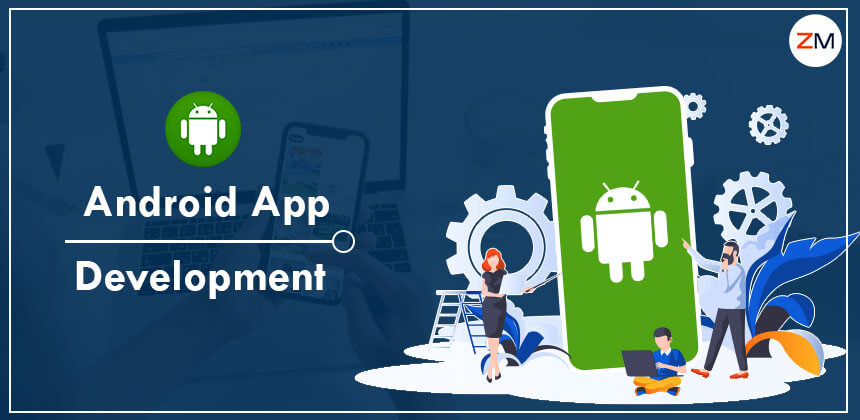
November 19, 2021
How to Select An Android App Development Company
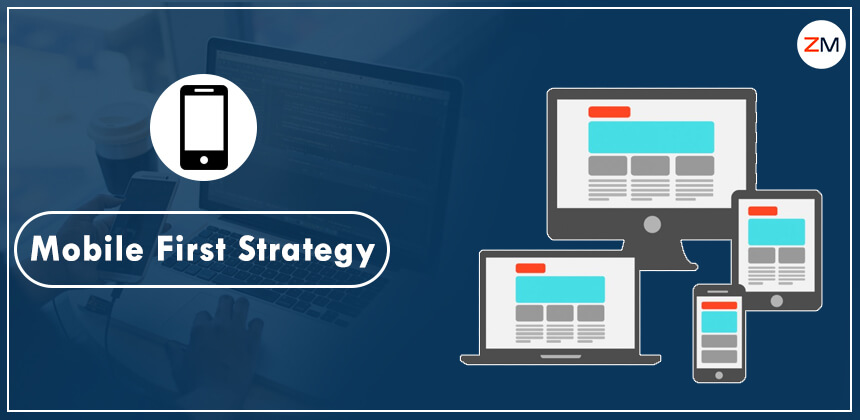
March 22, 2022
Why Mobile First Strategy will be an Evergreen Strategy
Stay Ahead with Expert Insights & Trends
Explore industry trends, expert analysis, and actionable strategies to drive success in AI, software development, and digital transformation.

November 19, 2021
How to Select An Android App Development Company

March 22, 2022
